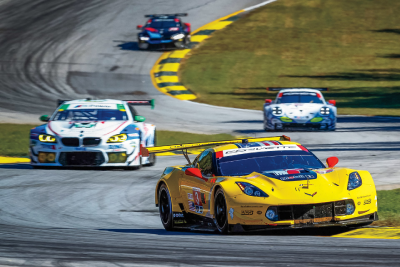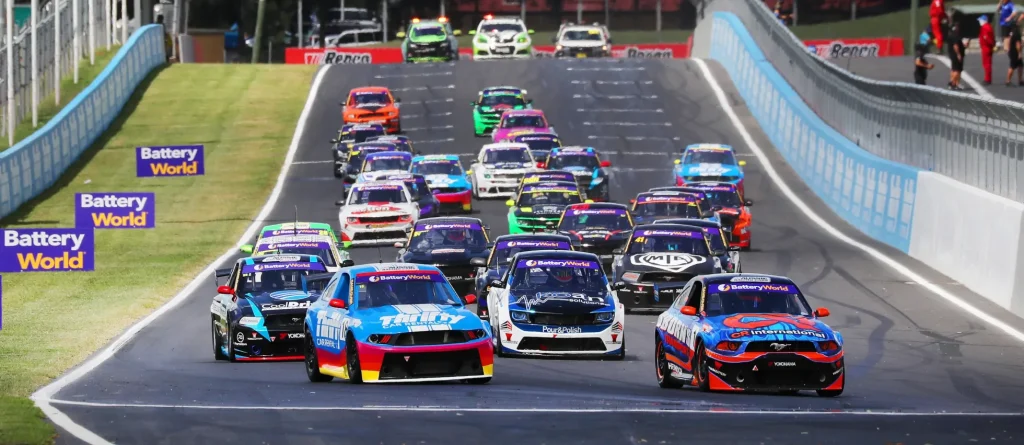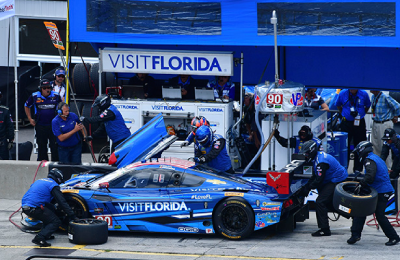
Driving on a fast track racing is one of the most thrilling experiences for any car enthusiast. Whether you’re preparing for your first track day or looking to sharpen your performance skills, mastering high-speed racing requires the right techniques, mindset, and preparation. Here’s your complete guide to tackling the track with confidence.

Content
Know the Track
Before accelerating into high speeds, it’s essential to know the track layout. Study the turns, straights, and elevation changes. Watch onboard videos or use simulators to understand each section. Being familiar with the track allows you to anticipate braking zones, optimal lines, and overtaking opportunities, which can significantly improve lap times and confidence.
Get in the Right Mindset
Driving at high speeds demands focus, control, and the ability to stay calm under pressure. Adopt a driving mindset that is both alert and relaxed. Anxiety or overconfidence can hinder performance. Instead, approach the session with a willingness to learn and improve. Remind yourself that consistency is more important than speed.
Set Up Your Car
A properly tuned vehicle can make a world of difference. Your car setup for track should include checking tire pressure, brake condition, suspension settings, and fluid levels. Use performance tires and ensure your brakes are track-ready. A safe and stable car boosts driver confidence and enables smoother performance.
Learn the Racing Line

Understanding the racing line is crucial on any race track, especially a fast one. The racing line is the most efficient path through a corner, maximizing speed and minimizing time. Focus on the “outside-inside-outside” approach: start wide, clip the apex, and exit wide. Hitting the correct line helps you maintain momentum and improve lap consistency.
Brake in a Straight Line
One of the golden rules in racing is to brake in a straight line. This technique reduces the chance of losing traction while turning. Begin braking before entering a corner, gradually releasing as you turn in. This ensures stability and allows your tires to focus on cornering rather than decelerating. Practice this to build confidence in tight or high-speed turns.
Look Where You Want to Go
Your car follows your eyes. A simple but powerful technique is to look where you want to go. Don’t focus on obstacles or the edge of the track. Instead, direct your gaze towards the corner exit or next braking point. This habit improves steering input and helps you react to the track’s flow naturally.
Be Smooth
Smoothness is key when navigating a fast racing track. Aggressive steering or sudden throttle changes can upset the car’s balance, especially at high speeds. Focus on being smooth with your inputs – turn gradually, apply brakes progressively, and accelerate cleanly. Smooth driving results in better traction and faster laps.
Track Day Preparation
Preparation extends beyond your car. Pack essential items like a helmet, gloves, water, and tools. Arrive early, check in, and attend the driver briefing. Review track day preparation checklists and relax before your first session. A well-prepared driver is more likely to perform better and avoid mistakes.
Throttle and Brake Balance Tips
Balancing throttle and brake input is an advanced technique that can elevate your driving. Learn to modulate throttle and brake for maximum grip. Feather the throttle through corners and apply consistent brake pressure without locking up. These throttle and brake balance tips help control weight transfer and maintain speed.
Driving Posture for Racing
Posture affects control. Sit upright with a relaxed grip on the wheel. Your arms should be slightly bent, and your feet should reach the pedals comfortably. Driving posture for racing improves feedback, reduces fatigue, and enables quicker reaction times.
Understeer and Oversteer Correction
Handling extremes like understeer and oversteer is crucial. Understeer occurs when the car doesn’t turn enough; oversteer is when the rear slides out. Learn correction techniques like lifting off the throttle or counter-steering gently. Practice recognizing these conditions early so you can react calmly.
Tire Pressure and Management

Tires are your only contact with the track. Regularly check and adjust your tire pressure. Heat builds up during sessions, changing how your car behaves. Keep a pressure gauge handy and note how your tires wear. Tire management is vital for consistency and performance.
Steps to Prepare for a Track Day
Start with a checklist: inspect your car, book your slot, and understand the rules. Mentally rehearse your laps, pack your gear, and sleep well before the event. These steps to prepare for a track day ensure you arrive focused and ready to learn.
Final Thoughts on Fast Track Racing
Driving on a fast racing track is exhilarating, but success lies in preparation, technique, and mindset. Learn the racing line, brake in a straight line, and always look where you want to go. Combine these tips with a solid car setup for track and smooth driving style to gain speed and confidence.
Whether you’re a beginner or aiming to improve, keep practicing, stay safe, and enjoy the ride. Every lap is a new opportunity to learn, grow, and chase the perfect corner.
FAQs About Fast Track Racing
Q1: What is the best way to learn a new racing track?
Study maps, watch onboard videos, and use simulators. Walking or slowly driving the track also helps build spatial awareness.
Q2: How important is car setup for a fast racing track?
Extremely important. A good car setup for track improves handling, safety, and lap times. Pay attention to tires, brakes, and suspension.

Eldon Barrett’s knowledge of sports is boundless. His in-depth analysis and captivating storytelling will make you see the games you love in a whole new light.
